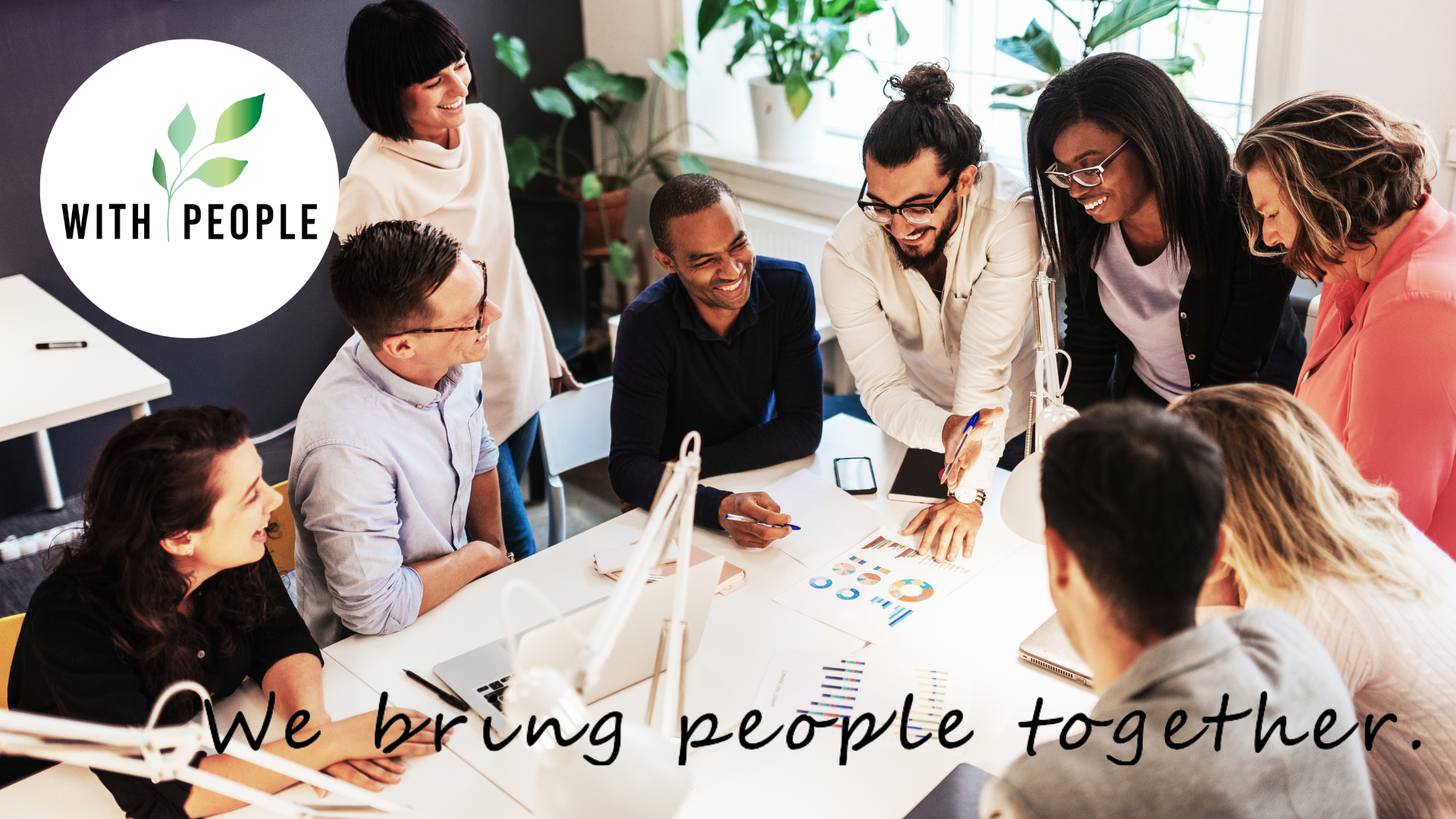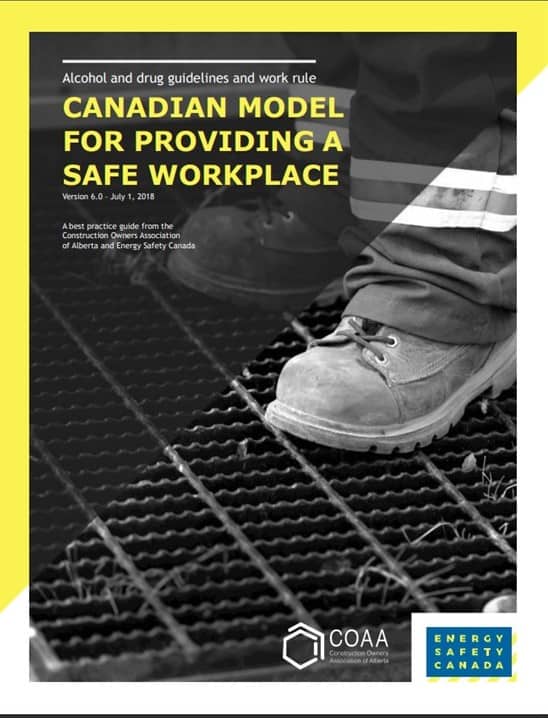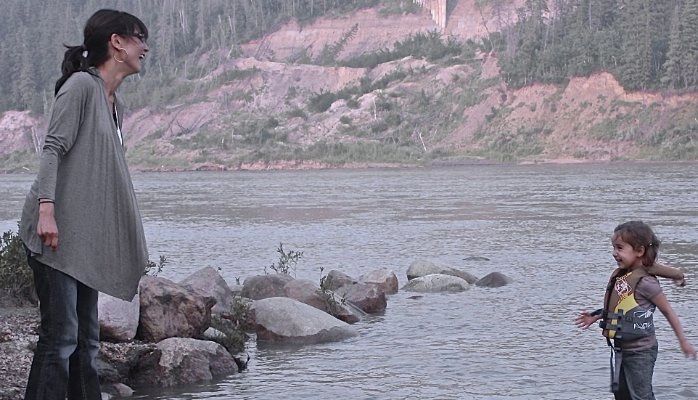Job Readiness: Born Mainly from Positions of Privilege, What is it Now?
Suppose we Googled the phrase “job-ready” and looked back to the content date stamped at just about 2000. The phrase was not as pervasive as it is today and is often referred to as:
- machines and equipment that were job-ready[1] for the projects that needed them,
- welfare recipients[2] and convicts who were job-ready[3], and
- projects themselves being job-ready (i.e. ready for people; what we now refer to as “shovel-ready”).
Hence, the phrase was about:
- the absence of, or remediation of, socioeconomic barriers to achieving a job,
- about the scheduling function of projects concerning material and equipment, or
- scopes of work developed enough to receive the workforce required to execute the work.
Between 2001-2005, industry stakeholders began to use the phrase more widely; it was about candidates for employment having all the required training tickets for safety-sensitive positions, usually in the industrial construction and maintenance sector.
In Alberta, this was born mainly from a place of privilege. During such time, building trade union members performed most heavy industrial construction and maintenance work in the Wood Buffalo and the Industrial Heartland regions. Each hiring hall had a multi-employer-funded training trust fund, indirectly paid for by major industrial clients through cost-plus funding arrangements with their contracted service providers. Despite this, the practice was that those members dispatched would spend the first 3-4 days on-site, on paid time, in safety training. Often the project and employer would be retraining members who would not disclose that they already had the certification in question.
Who wants to be out in minus thirty turning wrenches when they could be on paid time, sitting in a lovely warm classroom, drinking coffee, learning about fall arrest for the twentieth time?
Safety professionals certainly did not lose sleep over this waste; it meant more business for them. In the heavy industrial construction and maintenance sector, there is no business like the safety business.
Then, the ones paying the bill had enough.
Purchasers of significant industrial capital projects sent their auditors in, who began to ask questions.
If we have to pay to train everyone anyways, why are we also paying millions of dollars each year into training trust funds?
There was no good answer to this uncomfortable question, and it became an awkward conversation at the bargaining table.
The repetitive training and upload of the training responsibility to the industry’s best clients became, to some extent, a prevailing practice.
Employers needed to address the issue with the bargaining representatives of the members who took such liberties for granted for a long time. The Ironworkers, Carpenters and Labourers stepped up. They recognized they were in the business of supplying qualified, skilled tradespeople and construction professionals to the industry and ended the practice.
They readily agreed to dispatch their members “job-ready,” meaning they were pre-trained, supported by their training trust fund, and ready to go to work.
It took multiple rounds of bargaining for other unions to remove this waste; they would argue that their members were entitled to their entitlements. They instead invested in bricks and mortar of large and lavish training centres with the owner-funded unspent training dues.
If you treat your clients this poorly, any business person knows they will not be clients for long. This situation was no different.
Building trade unions have since lost market share; they no longer perform most of the work available in the Wood Buffalo and Industrial Heartland regions.
Now most workers participating in the industry are no longer dispatched through hiring halls and are no longer supported by funded training trust funds.
When this shift happened, site owners and employers maintained the practice of insisting workers be job-ready.
As a result, the industry downloaded the responsibility for training certifications onto the backs of working construction and maintenance tradespeople.
Now we have no problem with established journeypeople maintaining their safety certifications as part of what it means to be committed to their profession. We feel less comfortable about this within the context of newcomers and apprentices.
We also recognize that this practice, which came from a place of privilege, can have a disproportionate impact on members of groups of individuals who have not traditionally participated in the industry, such as women and BIPOC candidates.
Just one example, members of Indigenous communities living in remote communities do not have equal access to training resources as other candidates.
Workforce Delivery Inc constantly self-scrutinizes our processes, actively seeking to identify structural, systemic and institutional barriers and then apply measures and, at times, a positive bias to eradicate those barriers.
This is what it is like, to recruit right?
If you want to understand more about Workforce Delivery Inc’s recruitment services, contact us at jobs@workforcedelivery.com or visit us on our recruitment services page.
Respectfully submitted,
Sam Kemble
Chief Operating Officer, With People Inc.
[1] RIOT-The Scheduling Problem (berkeley.edu)
[2] How Are Families That Left Welfare Doing? (urban.org); Welfare-to-Work Block Grants: Are They Working? (brookings.edu)
[3] Recruiting and employing offenders (employabilityinscotland.com)





Recent Comments